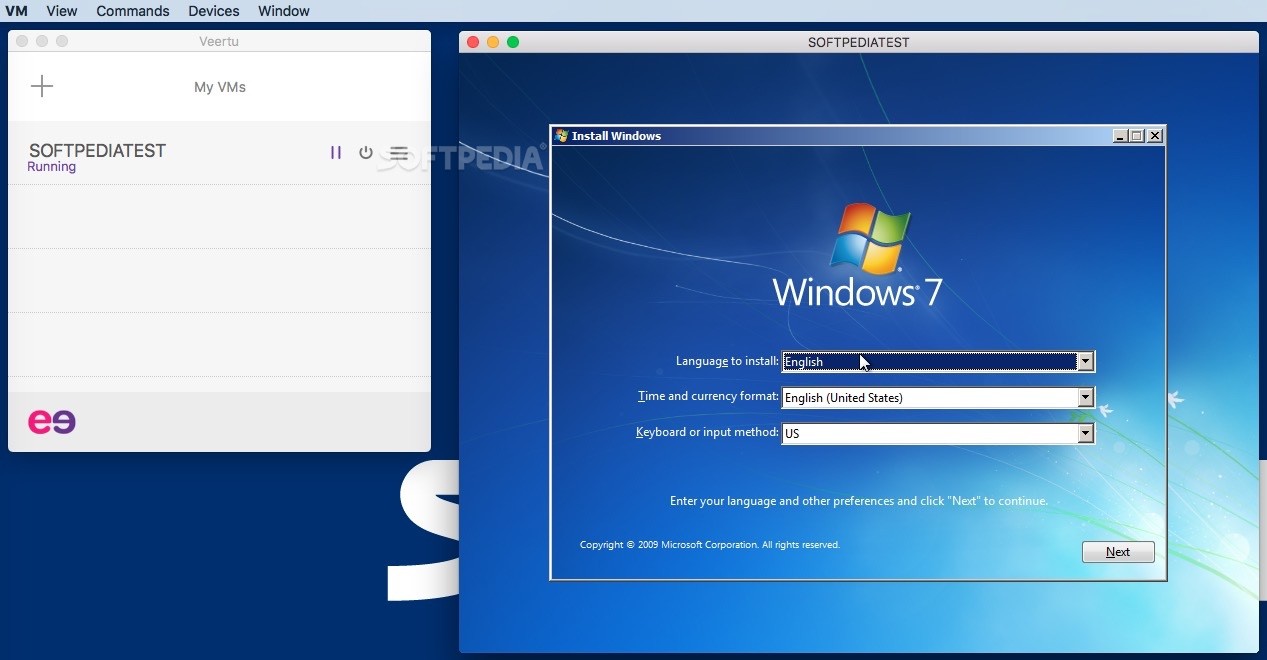

- #DISKWARRIOR 5 NULL HOW TO#
- #DISKWARRIOR 5 NULL FOR MAC#
- #DISKWARRIOR 5 NULL MAC OS#
- #DISKWARRIOR 5 NULL SOFTWARE#

This partition will be the largest and will use up all the remaining space on the drive.Īs a last step, click “Options” below the partition map, and ensure that “GUID Partition Table” is selected. In this case, the DiskWarrior DVD that we’ll be imaging is only 200 MB, but DiskUtility has a minimum partition size of 1.07 GB, so we’ll set it at that.įinally, select the last partition, which will be our storage area for all of our software. Select the second partition, which will be our bootable DiskWarrior utility, and fill in the corresponding fields as we did for OS X.
#DISKWARRIOR 5 NULL MAC OS#
In our case, the first partition will be OS X, so we’ll give it the name “OS X Lion.” Make sure the format is set to Mac OS Extended (Journaled), and set the size to 30 GB (we don’t need very much space, just enough to install some system diagnostic utilities). Select the first partition from the list and give it a name. We don’t want our partitions to be equal in size, however, so we’ll change that next. Here, we’ve selected three partitions, which creates three equally-sized segments. To create these partitions, select the drop-down menu under “Partition Layout” and choose your desired partition number. For our example here, we’ll create three partitions: one for OS X, one for DiskWarrior, and one for storage. Now you’ll need to create and properly size the number of partitions you need.

Next, choose the “Partition” tab at the top of the section to the right. Select the external drive from the sidebar on the left. Once you’ve obtained your drive, connect it to your Mac and launch Disk Utility. If you need to support a variety of Macs, it may also be useful to add an additional bootable partition for older versions of OS X, such as Leopard for PowerPC-based Macs.
#DISKWARRIOR 5 NULL SOFTWARE#
For most users, the minimum recommendation is one bootable partition for a clean installation of the latest version of OS X, another bootable partition for a drive diagnostic utility like DiskWarrior or Drive Genius, and a storage partition to hold your software installers. Now that you have your drive, the next step is to plan. The only recommendation is that you purchase a drive with both FireWire and USB connections, to ensure that it will be compatible with any Mac you may need to connect it to. The Apple Store has historically used LaCie Rugged Drives (you may have seen them behind the Genius Bar) but any drive will do. Sites like Newegg and Amazon are great places to start. The first step is to obtain an external drive. The benefits of a triage drive are that you can use it on any Mac to perform system diagnostics and troubleshooting in the event of a system or drive failure, have access to all your software installers in a single place, and it will be much faster to access than an optical disc.
#DISKWARRIOR 5 NULL HOW TO#
We’ll show you how to plan and build your very own.Ī triage drive is an external hard drive (usually a 2.5” hard drive for enhanced portability, although any form factor will work as long as the capacity is sufficient) that contains one or more emergency bootable partitions and a storage partition for software installation images. One could, of course, purchase an external SuperDrive from Apple for US$79 (or a third-party external optical drive), but there’s a more convenient and useful way, a method that Apple Store Genii have known and used for years: a triage drive. While Apple has attempted to alleviate some of this difficulty by implementing the Mac App Store for software installations and the Lion Recovery Partition for system maintenance and troubleshooting, there are still many tasks that are either easier or can’t be performed at all without an optical drive.
#DISKWARRIOR 5 NULL FOR MAC#
With the increasing popularity of the MacBook Air, which lacks an optical drive, the introduction of an optical drive-less Mac Mini, and the likely impending death of the optical drive in other Macs, it is becoming more difficult for Mac users who have relied on optical storage to perform many tasks on their Macs.


 0 kommentar(er)
0 kommentar(er)
